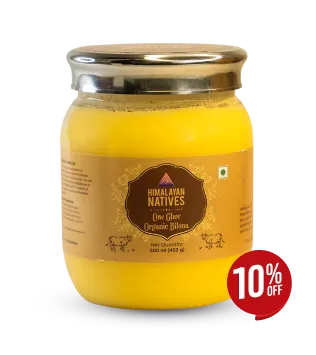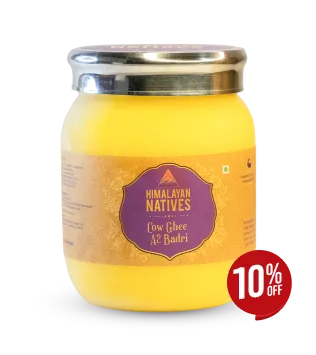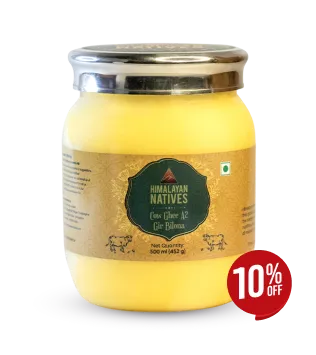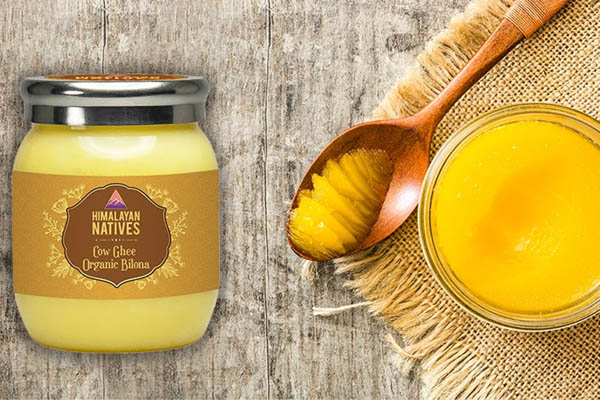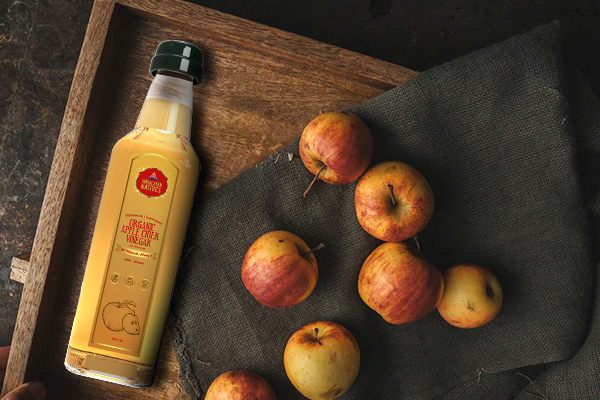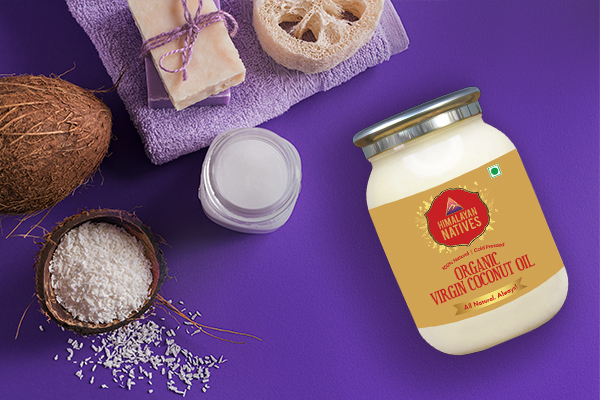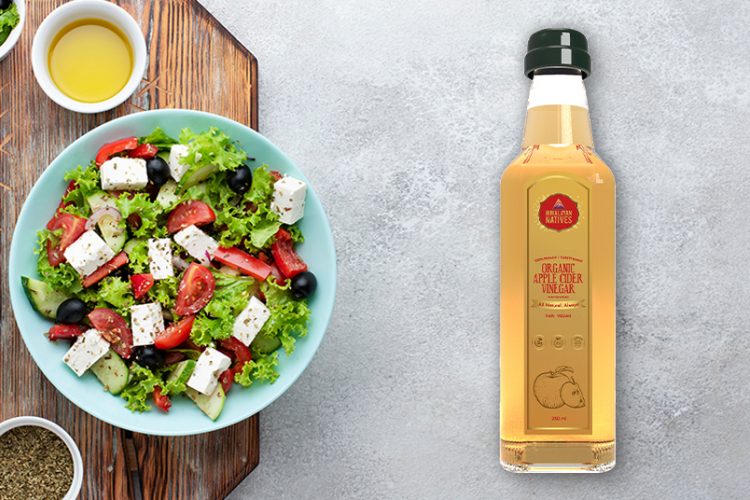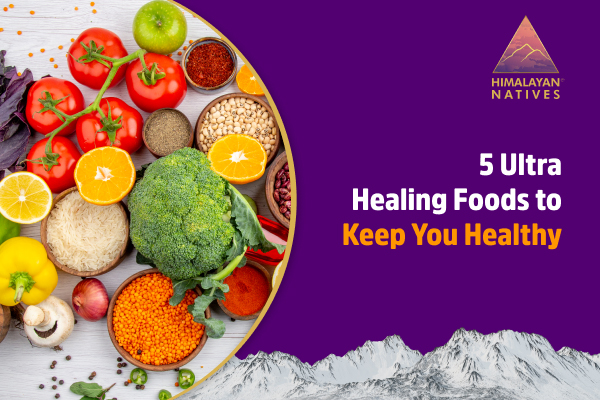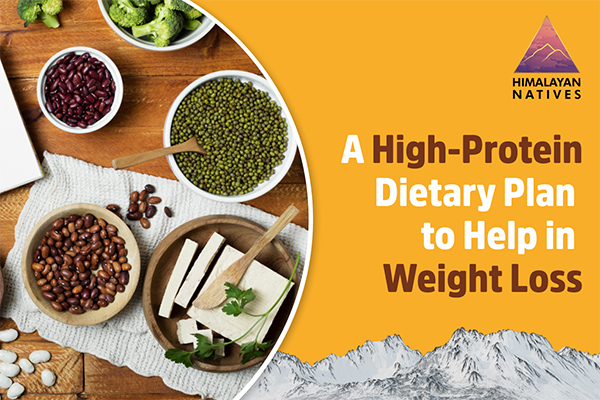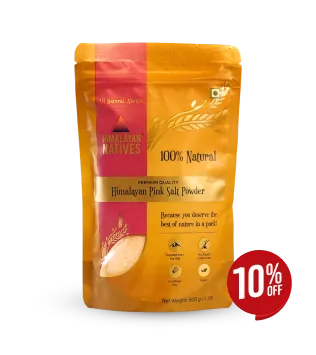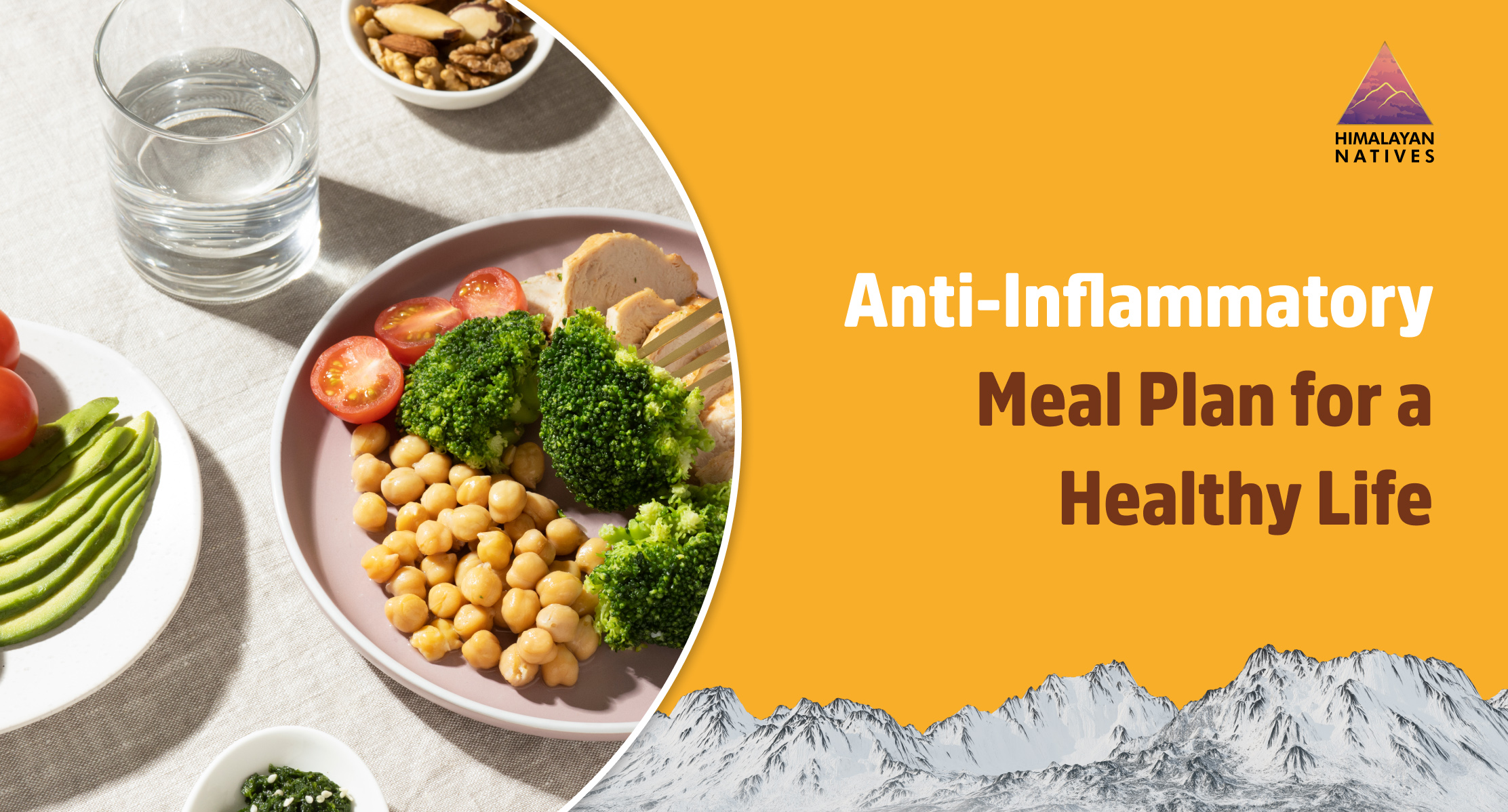
The Importance of Adopting An Anti-Inflammatory Diet.
Did you know that inflammation can be both a good and a bad thing? Yes, that is correct. On the one hand, it supports your body in defending itself against infections and injuries. On the other hand, it can potentially cause diseases if it is a case of chronic inflammation.
Inflammatory foods, low levels of activity or movement, and stress increase the risk of inflammation in the body. Therefore, your lifestyle and diet play a significant role when it comes to keeping your inflammation in check.
What goes on your plate can either cause inflammation or defend your body against it. Therefore, it becomes essential to consume foods that reduce inflammation. With the right ingredients, you can allow your body to heal, increase and improve your energy levels, and feel like your best self inside and out!
Through the course of this blog, we will dig deeper to understand what inflammation is. Additionally, we will take a look at various inflammatory foods and things you need to keep in mind while creating your anti-inflammatory diet meal plan. We will also look at a sample anti-inflammatory meal plan that you can incorporate into your lifestyle.
To learn all about it, follow along!
What is Inflammation?
As already mentioned, inflammation is the way by which your body responds to germs or injuries. However, if inflammation occurs when there are zero germs or injuries, it can cause harm to the healthy parts of your body and lead to a variety of chronic diseases.
Inflammatory Foods
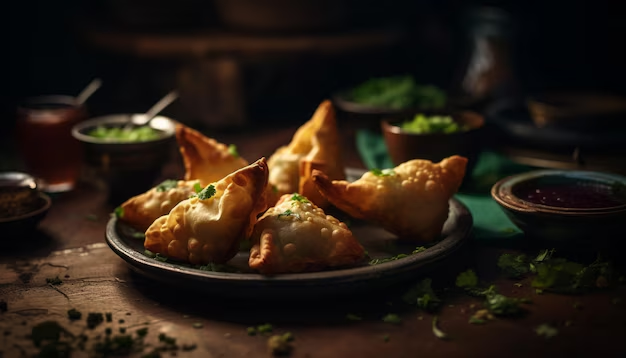
Now that we have a brief understanding of what inflammation is, let us take a look at the various categories of inflammatory foods and beverages that cause an increase in inflammation.
Refined Carbohydrates: White bread, white rice and baked goods made with refined wheat flour.
Processed Foods: Packaged snacks like chips and cookies, processed cheese slices, and instant noodles.
Sugary Foods & Beverages: Soft drinks, packaged fruit juices, candy, chocolates, and breakfast cereals with a high sugar content.
Fried Foods: French fries, samosas, cutlets, and pakoras.
Trans Fats & Hydrogenated Oils: Margarine, shortening, and packaged baked goods that have long shelf lives.
Consuming these foods and beverages occasionally is absolutely okay. However, you must limit your intake as much as possible because these foods and beverages could either trigger or worsen the inflammation in your body.
Anti-Inflammatory Meal Plan Essentials
Before we move to a sample anti-inflammatory meal plan, let us see what it takes to make one.
1. Add to Cart & Shop: Anti-Inflammatory Ingredients
Given below is a list of some of the anti-inflammatory must-haves in your kitchen and diet:
Spices: Turmeric, ginger, black pepper, cumin, and cinnamon
Foods Rich in Omega-3: Walnuts, flaxseeds, and basil seeds
Healthy Fats: Groundnut oil, cold-pressed coconut oil, mustard oil, and ghee (consumed in moderate amounts)
2. Make Your Plate Colourful
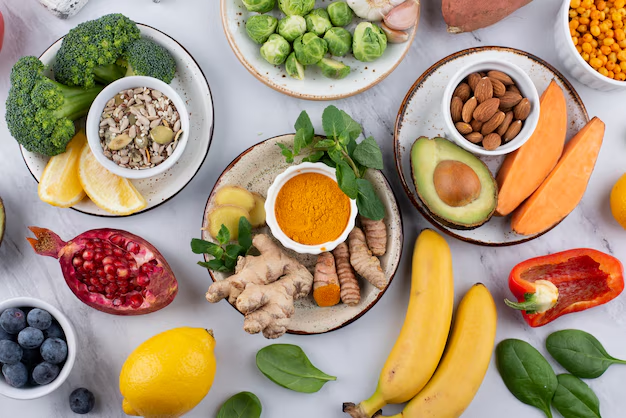
Colourful foods are replete with antioxidants, plant compounds and vitamins; the ingredients essential to fight chronic inflammation, naturally. Given below are the various foods that can help you add colour to your plate:
Greens like spinach, broccoli and fenugreek leaves are high in lutein and zeaxanthin, which shield the eyes from blue light damage and reduce the risk of macular degeneration. Chlorophyll is also found in greens, helping detoxify the body and support liver health.
Purples like beetroot and brinjal contain anthocyanins, which come with anti-inflammatory properties and enhance brain and heart health.
Yellows & Oranges like papayas and carrots are rich in beta-carotene and enzymes, which aid in improving immunity and reducing inflammation.
Reds like tomatoes, pomegranates and red peppers contain lycopene, which helps improve heart health and reduce the risk of specific types of cancer like prostate cancer.
3. Opt for Natural & Whole Foods
You must reduce the consumption of processed foods to as little as possible. Instead, opt for nutritionally-rich foods like whole grains, legumes, fresh fruits, seeds, nuts, and vegetables, making these foods a regular part of your diet.
4. Snack, But Make It Healthy
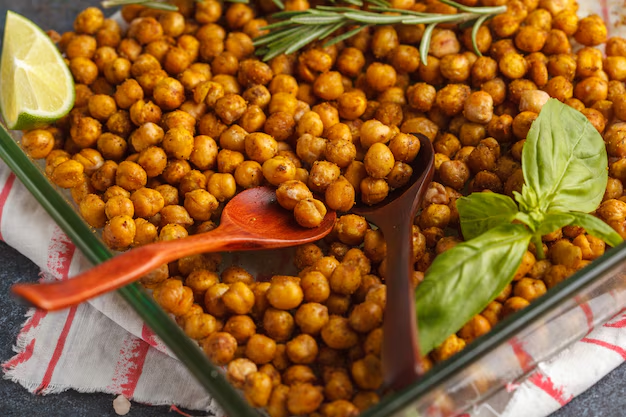
Whenever you feel the need to snack or crave a small bite, choose dry fruits like almonds and walnuts or roasted chickpeas. These options make for great snacks and can be filling.
5. Take the Balanced Macros Route
Macros or macronutrients, which include proteins, carbohydrates and fats, are nutrients that are found in food and provide us with energy. A meal that has a balanced combination of macros will help control inflammation and leave you feeling satiated and energised.
Proteins, which include moong dal, chana dal, toor dal, and rajma, help improve your immunity.
Carbs, which include jowar and bajra, support gut health and provide energy and fiber.
Fats, which include nuts and ghee, help fight inflammation.
6. Watch Your Cooking Methods
You can opt for cooking options that require minimal oil. This includes steaming, sautéeing, grilling, and baking. Deep-frying or using a lot of oil while cooking can result in the formation of harmful compounds. Therefore, embracing alternative cooking methods is definitely the best option for your health.
Anti-Inflammatory Meal Plan
Given below is a sample of an anti-inflammatory diet meal plan that you can follow for a week:
If you are just starting out with your anti-inflammatory diet meal plan, this is definitely a good starting point.
Final Thoughts
An anti-inflammatory diet primarily focuses on a balanced combination of nutrient-rich foods, complex carbohydrates, and healthy fats. Foods part of this plan help with reducing inflammation and protecting your body against various chronic diseases.
While adopting an anti-inflammatory diet, it is important to look at it as not so much a restriction on various foods but more as something that will nourish your body and bring balance to it. With an anti-inflammatory diet meal plan, you make mindful choices every single day.
Ultimately, this diet plan will provide your body with a good amount of energy and support your health in the long run.
For more such blogs about all things health and nutrition, follow Himalayan Natives on Facebook and Instagram!
Frequently Asked Questions (FAQs):
1. Can an anti-inflammatory diet help support weight loss?
Answer: Yes, it most certainly can! Following an anti-inflammatory diet helps reduce chronic inflammation, balance hormones and burn fat.
2. Which are the best anti-inflammatory Indian foods?
Answer: Indian foods like turmeric, ginger, leafy greens, and whole grains are some of the best when it comes to reducing inflammation in the body.
3. What is a quick way to reduce inflammation?
Answer: Following a proper diet and making some lifestyle changes can help reduce inflammation.
4. What are the signs of inflammation?
Answer: The signs of inflammation include swelling, pain, redness, heat, and loss in the ability to function.
5. Can bananas be added to an anti-inflammatory diet?
Answer: Bananas are good for both reducing inflammation and digestion.
 HELPFUL0 people found it helpful
HELPFUL0 people found it helpful
Related Blogs
Subscribe to Our Blogs
and never miss on the latest update!







